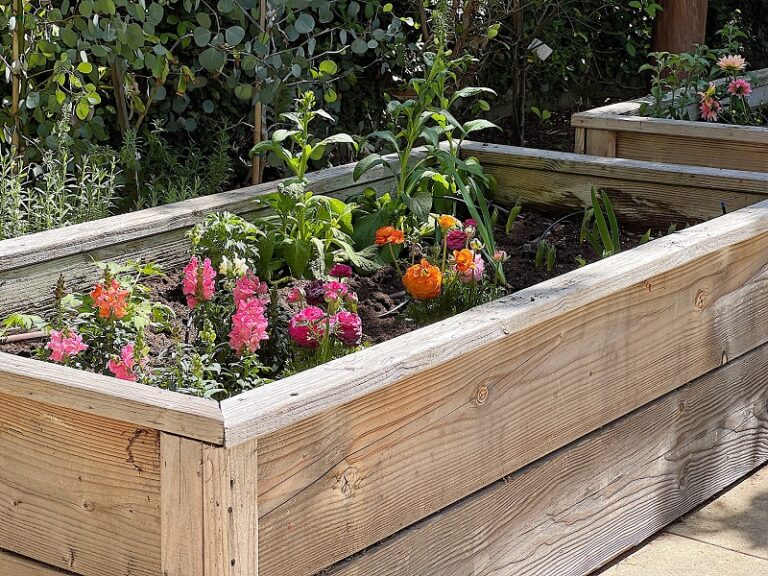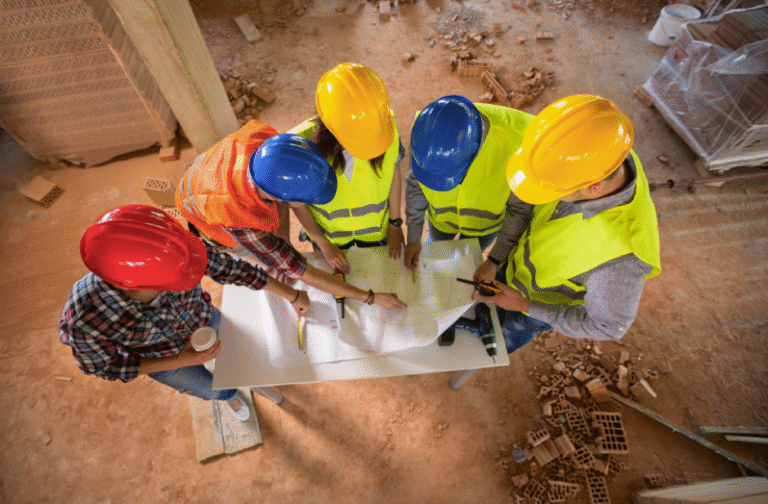
The rich tapestry of British art is woven from centuries of history, innovation, and skill, a testament to the enduring power of creativity across the ages. From the delicate watercolours of the Romantic period to the bold experiments of the modernist era, the evolution of art in Britain reflects a deep-seated appreciation for both beauty and technical mastery. This exploration delves into the fascinating history and enduring legacy of traditional British art techniques, shedding light on the craftsmanship that continues to inspire artists and enthusiasts around the globe.
A Journey Through Time – The Roots of British Artistry
The origins of British art are as diverse as the landscapes that inspired them, with each era bringing its own innovations and styles to the fore. The medieval period introduced the meticulous craftsmanship of illuminated manuscripts, while the Renaissance saw the adoption of oil painting, allowing for greater depth, realism, and emotion in art. The 18th and 19th centuries heralded the golden age of watercolour, a medium that allowed artists to capture the ephemeral beauty of the British countryside with unprecedented delicacy and precision.
These periods were not just about the adoption of new techniques; they were also about the evolution of a distinct aesthetic sensibility that valued subtlety, nuance, and an intimate connection with nature. British artists became masters of capturing light and atmosphere, with each brushstroke reflecting a deep understanding of the landscape and its changing moods.
Innovation and Experimentation – The Hallmarks of British Technique
British art has always been characterised by a willingness to experiment and push boundaries. The Pre-Raphaelite Brotherhood rebelled against the rigid conventions of their time, introducing vivid colours and complex compositions that challenged viewers’ perceptions. Meanwhile, the turn of the 20th century saw British artists at the forefront of the modernist movement, embracing abstraction and exploring new forms of expression.
These innovations were not just stylistic; they were also technical. British artists developed new methods of layering paint, experimented with materials, and pushed the limits of their mediums to achieve their creative visions. This spirit of experimentation is a hallmark of British art, reflecting a culture that values originality and ingenuity.
Craftsmanship and Quality – The Legacy of British Art Techniques
The enduring appeal of traditional British art techniques lies in their emphasis on craftsmanship and quality. Techniques such as etching, engraving, and lithography require not only artistic vision but also technical skill, a combination that has resulted in some of the most exquisite works of art ever created. These techniques demand patience, precision, and a deep understanding of the materials, qualities that British artists have honed over generations.
Today, these traditional techniques continue to be celebrated and practiced, not just as a link to the past but as a source of inspiration for contemporary artists. The mastery of these methods offers a tactile connection to history, a way of engaging with the art of bygone eras through the very act of creation.
Bridging the Past and Present – Traditional Techniques in Contemporary Art
In the hands of today’s artists, traditional British art techniques are being reimagined and revitalised, bridging the gap between the past and the present. These artists draw on the rich heritage of British art, employing time-honoured methods to explore contemporary themes and ideas. The result is a vibrant fusion of old and new, a celebration of British artistry that respects its roots while looking firmly to the future.
For those who wish to explore the beauty and diversity of British art, both traditional and contemporary, www.wallartt.co.uk offers a curated selection of artworks that embody the spirit of innovation and craftsmanship. Here, the legacy of British art techniques is honoured and continued, providing a window into the soul of a nation’s artistic heritage.
The Enduring Legacy of British Art Techniques
The story of traditional British art techniques is one of evolution, innovation, and enduring beauty. It is a testament to the power of art to adapt and thrive, reflecting the changing landscapes and sensibilities of its time. From the rolling hills of the countryside to the dynamic energy of modern cities, these techniques have captured the essence of Britain, offering a glimpse into the heart of a culture that values both tradition and progress.
As we move forward, the legacy of these techniques remains a source of inspiration, reminding us of the importance of craftsmanship, the value of experimentation, and the timeless beauty of art that transcends ages. In the continuing story of British art, the past and the present merge, creating a rich narrative that speaks to the enduring power of creativity and the unbreakable bond between an artist and their craft.




